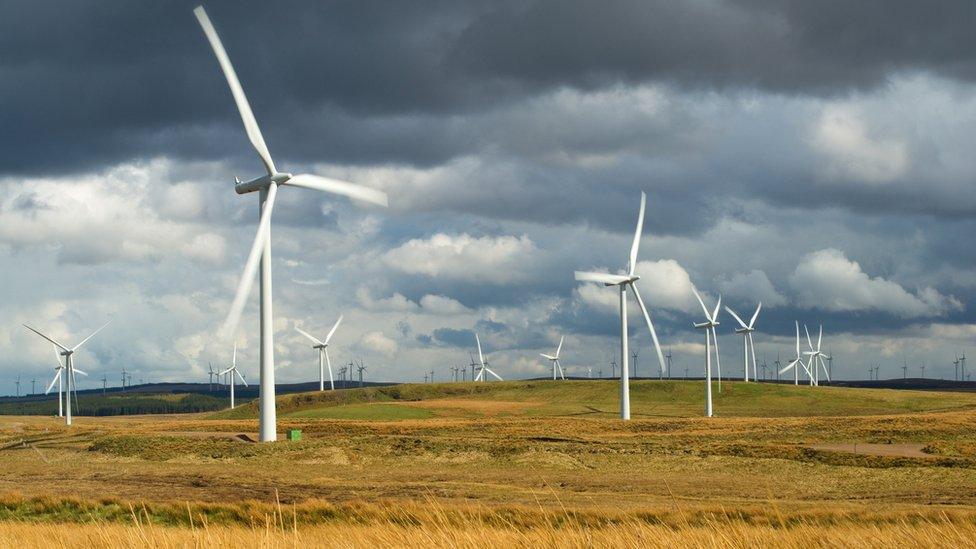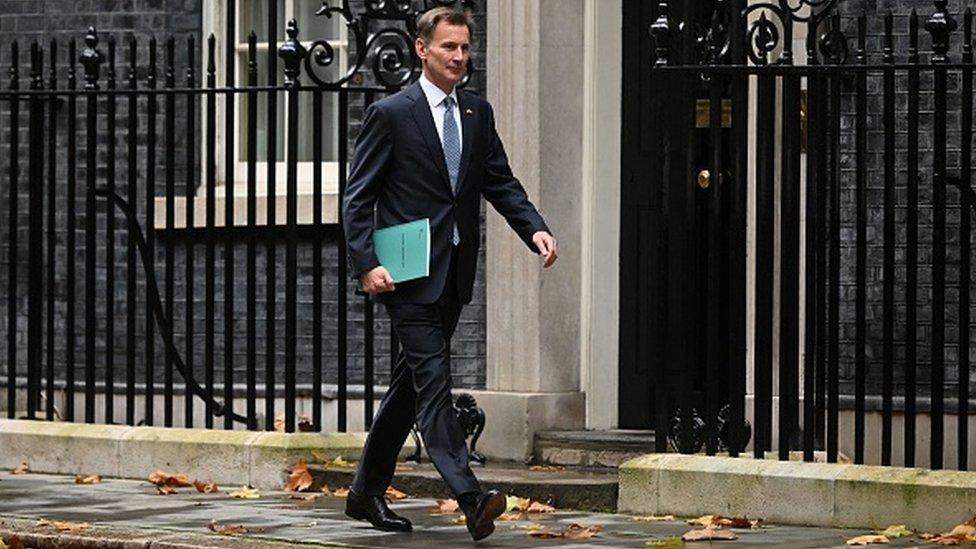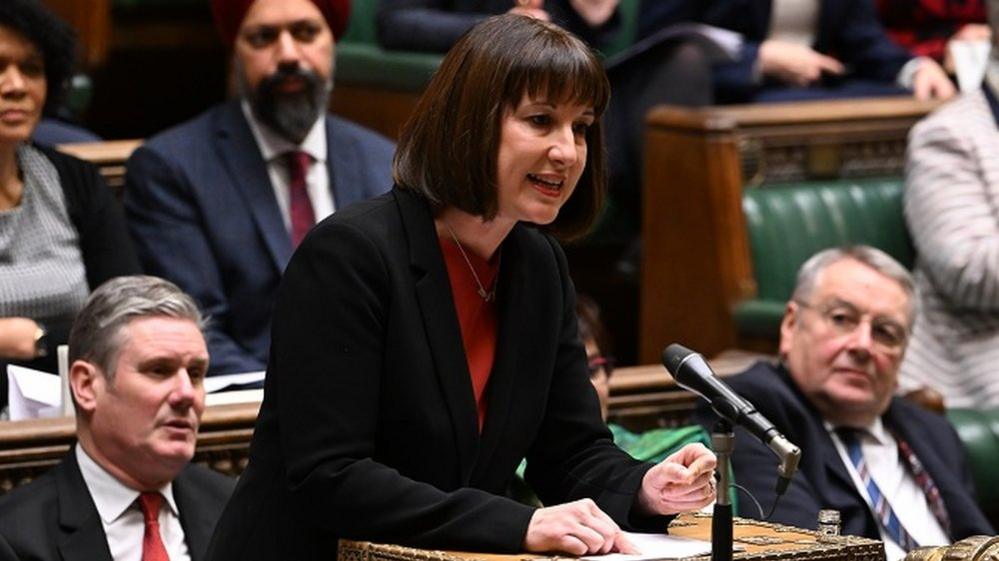Spending squeeze to hit front-line public services
- Published

We were told by Jeremy Hunt the decisions he faced in his Autumn Statement were of "eye-watering difficulty".
What is clearer now that the statement has been delivered is that it's less likely to be his eyes that are watering.
Spending is being squeezed, particularly after two years of downturn, and capital budgets will be frozen in cash terms.
The implications will be felt most by those at the front line of public services, with the full impact for Scots not feeding through until the draft budget at Holyrood next month.
Allied to rising prices and squeezed income, the Office for Budget Responsibility (OBR) reckons there will be a 4.3% drop in living standards this year and a further 2.8% drop in that measure next year - only the third time in more than 60 years there has been a two-year fall.
If that works out as forecast, even by 2027-28, standards of living will not have caught up with the level they were at before the pandemic.
In the choices made by the chancellor, the squeeze on spending is passed on through Whitehall departments and through the block grant from the Treasury to devolved administrations, including Holyrood.
There is a modest increase for the NHS, more for social care and an increase for schools in England, and that feeds through to the block grant. The OBR says there will be £1.7bn more in current or day-to-day spending by the Scottish government next year, but only £200m more in 2024-25.

Jeremy Hunt hopes the UK economy will reach a period of growth in 2024-25
Then, after that, with growth back in the economy, the intention is to grow public spending at only 1% - a slower rate than economic growth. That tends to be a painful, if not eye-watering experience for those at the front line of delivering these services.
Apart from other costs and expectations on services, many public sector workers will want to catch up with earnings lost through the current period of high inflation.
Mr Hunt said capital spending was being protected in his Autumn Statement, but it doesn't look that way from the OBR's forecast of the Scottish government's capital budget - falling by £100m next year, frozen at £5.3bn the year after, and then down to £5.1bn for the three years after that.
After two years of supporting the economy through recession, the plan is to speed up the "consolidation" - the squeeze, the cuts and the tax increases - in the years of growth that are expected to follow from 2024-25.
It's easy to freeze or squeeze a budget. It's much more difficult to implement those cuts.
And depending on the outcome of the next Westminster election this is a challenge to Labour.
As it has now accepted the OBR estimates for growth and tax revenue, will it have to match the extent of the squeeze if it wins power?

Unpredictable UK taxes could make it difficult to attract investment for energy projects
How that tightening of budgets is applied for Scots is up to the Scottish government. John Swinney, the acting finance secretary, sets out his draft budget for 2023-24 on December 15.
On the tax side, the starting rate of income tax will apply in as Scotland well as the UK, and that is frozen short of £12,570.
Other thresholds are controlled at Holyrood. The arithmetic puts pressure on Mr Swinney to freeze the thresholds at which people pay higher rate tax in Scotland, which is already more than £6,000 lower than the rest of the UK, at £43,663.
That is an example of "fiscal drag" - the process by which people move through thresholds and pay more tax without noticing it as much as an increase in tax rates.
That process is being used at Westminster to draw in increased tax take, and can be expected to be used at least as much at Holyrood.
Energy prices
A big issue for the Scottish economy, and for the debate about Scottish independence, is the tax take from offshore oil and gas.
That has gone negative in some recent years, when prices have been low and the government has been funding firms with tax allowances for investment.
But now a windfall tax is expected by the OBR to rake in £7.2bn this year, £15.9bn next year, and £12.7bn the year after, before declining in the following years.
And the tax take from electricity generators, including Scottish Power and SSE, is expected to bring as much as £10bn a year.
Such numbers depend heavily on the future path of energy prices. There are clearly expectations that they are going to remain high.
But for the oil and gas industry, and now also for low carbon electricity generators, this is another sign of the unpredictability of the UK's tax regime.
It makes it more difficult to plan investment and therefore more difficult to persuade international firms to put their investment into British waters.
- Published17 November 2022

- Published17 November 2022

- Published17 November 2022

- Published17 November 2022

- Published13 November 2022
